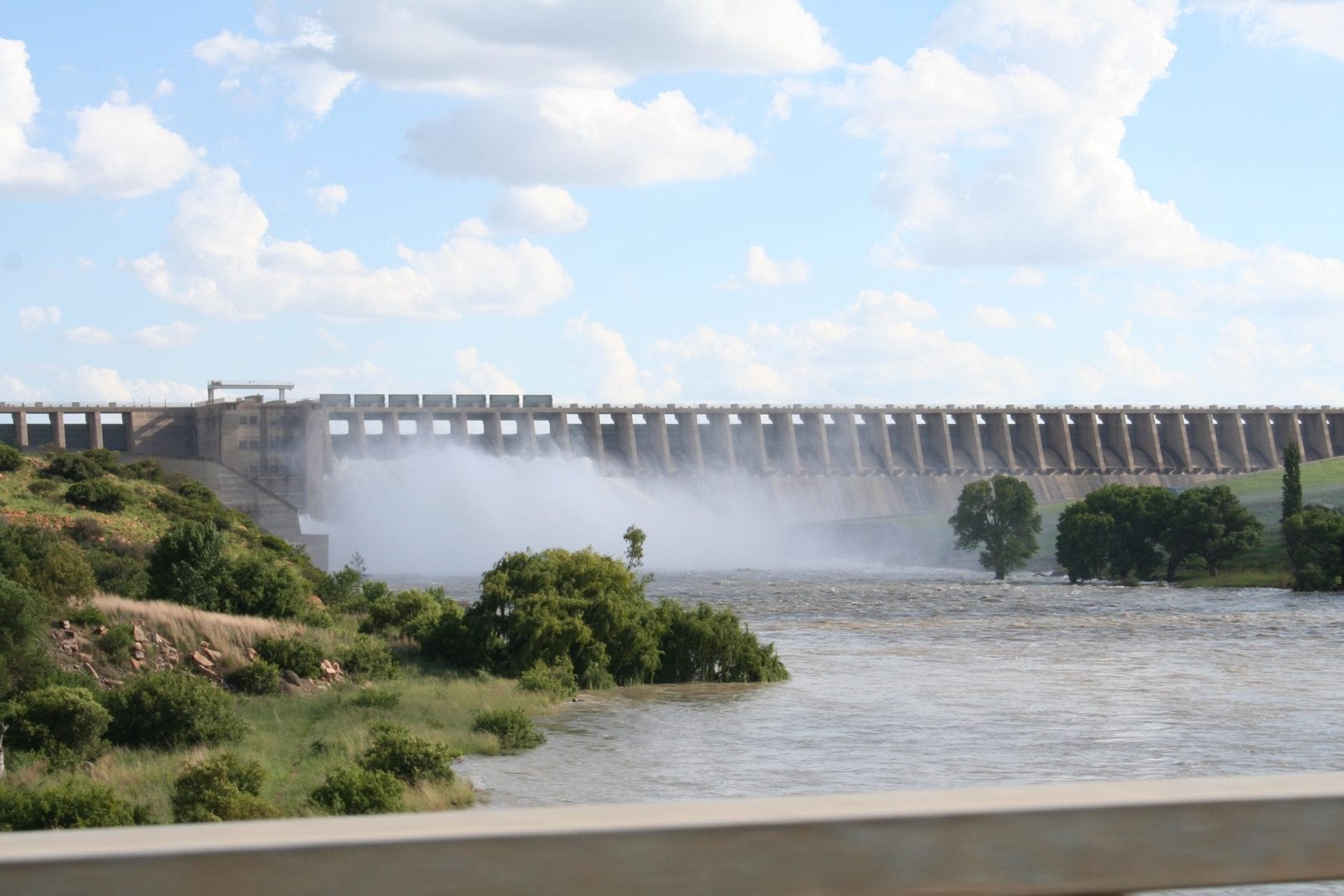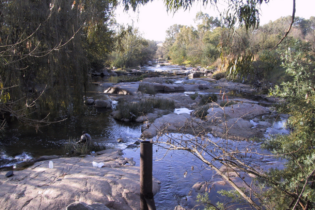According to Business Day, the lifting of restrictions in Gauteng will be gazetted today (Monday) with immediate effect.
Gauteng’s water restrictions are over. This was announced by Water and Sanitation Minister Nomvula Mokonyane at the opening of the sluice gates at the Vaal Dam on Sunday afternoon after the Vaal Dam’s water levels soared to 100%.
The province is expected to announce the lifting of restrictions once discussions with municipalities have taken place.
Mokonyane said that 386 million cubic meters of water flowed into the Vaal’s river systems as a result of the past week’s rain.
Many locals who were relieved to see the dam reach maximum capacity came out to watch the minister open the gates.
Oliver Silenge, a local resident, reacted to the opening of the gates and said he hoped the country’s leaders learned a lesson from the water shortage – that more dams should be built.
The department’s spokesperson Sputnik Ratau said it would closely monitor water levels to decide how long it will keep the dam’s sluice gates open.
Towards the end of last year, Gauteng implemented strict water restriction in an effort to reduce water consumption. In Johannesburg in particular, restrictions prohibited people from watering their gardens during the day or washing vehicles using a hosepipe.









